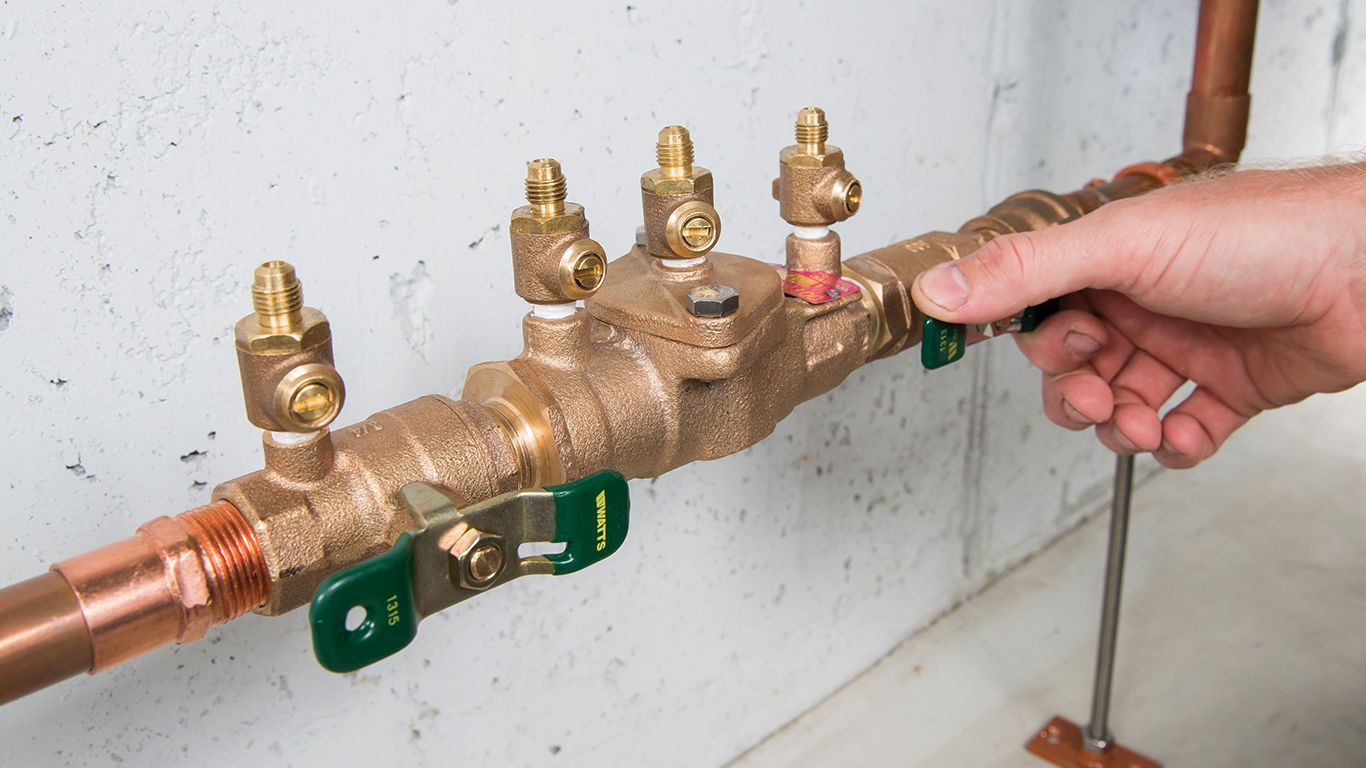views
Backflow prevention is an essential aspect of maintaining a safe and reliable plumbing system in your home. It helps prevent the unwanted reversal of contaminated water into your clean water supply, ensuring the health and safety of your household. At Plombier Saint Jean Sur Richelieu, we understand the importance of protecting your home from backflow risks, and we’re here to guide you through why backflow prevention matters and how it can safeguard your plumbing system.
What Is Backflow?
Backflow is the unwanted flow of water in the opposite direction of its intended flow, usually caused by a sudden change in water pressure. This reversal of flow can carry harmful contaminants from sewage, chemicals, or waste back into your drinking water. Backflow can occur due to a variety of reasons, such as water main breaks, high water demand in the area, or issues with your plumbing system.
Why Backflow Prevention Is Crucial
-
Protects Your Health and Safety
Backflow can introduce dangerous substances such as bacteria, viruses, pesticides, and other harmful chemicals into your potable water supply. These contaminants can pose serious health risks, leading to waterborne diseases and illnesses. Installing backflow prevention devices ensures that your water supply remains clean and safe for consumption and daily use. -
Prevents Contamination of Your Water Supply
The main reason for installing backflow prevention devices is to avoid the contamination of your water supply. Whether it's from a nearby pool, irrigation system, or sewer line, backflow can introduce harmful substances into your water system. By installing the proper backflow preventers, you reduce the risk of pollution that could affect your family, pets, or even your entire neighborhood. -
Ensures Plumbing System Integrity
Backflow can lead to extensive damage to your plumbing system, causing pipes to corrode, blockages, and increased wear and tear. In some cases, the contaminants can even affect the appliances connected to your water supply. Regularly testing and maintaining backflow prevention devices ensures that your plumbing system continues to function efficiently and without interruption. -
Protects Your Lawn and Garden
Backflow can be caused by irrigation systems that mix with contaminated water, including chemicals or fertilizers. Without proper backflow prevention, these harmful substances can be sucked back into your irrigation system and spread onto your lawn or garden. This could harm your plants, soil, and the environment. A backflow preventer ensures that your garden remains safe from hazardous contaminants. -
Meets Local Plumbing Codes
Many municipalities require homeowners to install backflow prevention devices to protect the public water supply. In Candiac and other areas, backflow prevention is often mandated by local plumbing codes and regulations. Failure to comply with these regulations can lead to penalties and additional expenses. At Plombier Saint Jean Sur Richelieu, we are familiar with local plumbing codes and can help you ensure that your system meets all requirements.
How Backflow Prevention Works
Backflow prevention devices are installed in key locations within your plumbing system, such as at the water meter or where water enters the home from the main supply line. These devices work by using mechanical valves to prevent water from flowing in the wrong direction. Common types of backflow preventers include:
- Check Valves: These devices only allow water to flow in one direction, automatically shutting off if water attempts to flow backward.
- Pressure Vacuum Breakers (PVB): These are used to prevent backflow in irrigation systems and other applications by breaking the vacuum that could draw water in the wrong direction.
- Double Check Valve Assemblies (DCVA): These are often used in commercial and residential systems to provide additional protection by using two check valves to block backflow.
- Reduced Pressure Zone (RPZ) Assemblies: RPZ valves are commonly used in high-risk situations and provide the highest level of protection against backflow.
When to Install or Replace a Backflow Prevention Device
Backflow prevention devices should be installed when building a new home or when performing major plumbing renovations. In addition, existing homes may need to install or replace backflow preventers if:
- There has been a change in local plumbing codes or regulations.
- Your plumbing system has undergone significant upgrades.
- You experience frequent water pressure issues or backflow incidents.
Conclusion
Backflow prevention is a simple but essential component of your home’s plumbing system. It helps protect your family’s health, keeps your water clean and safe, and ensures the integrity of your plumbing system. At Plombier Sorel-Tracy, our experienced team is here to help you install, maintain, and repair backflow prevention devices to safeguard your home from potential contamination. If you need assistance or have questions about backflow prevention, don't hesitate to contact us.














Comments
0 comment